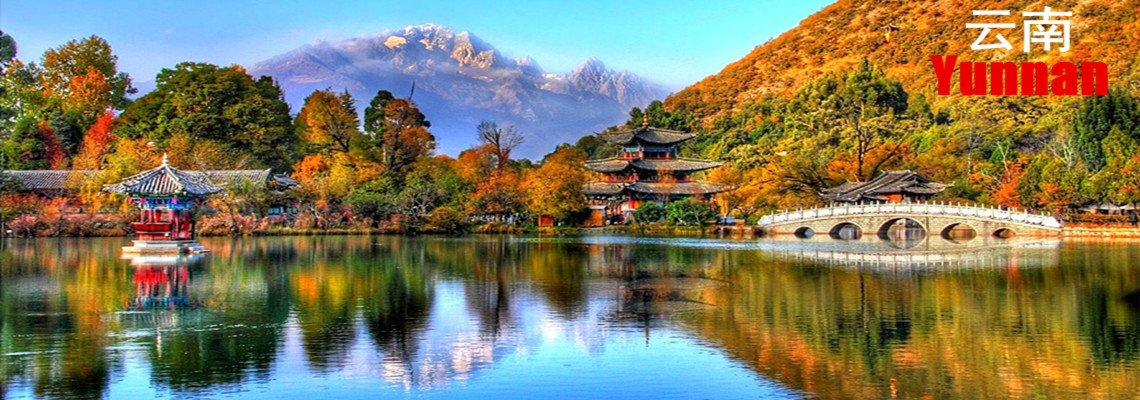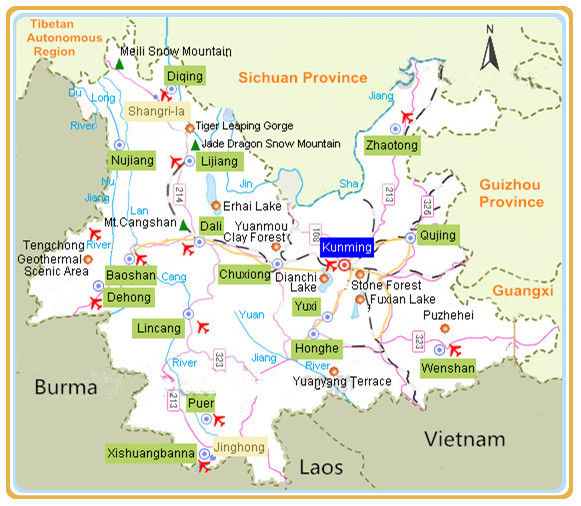 Yunnan Province, which refers to the place south of the colorful clouds, or 'the place south of Yunling (cloudy ridge) Mountain, is the most southwest province of China. Externally, it borders Vietnam, Laos and Burma; internally, it is neighbor to Guizhou, Guangxi, Chongqing, Sichuan and Tibet. The topography changes a lot on this land due to the sharply decreasing altitude. It can roughly be divided into west and east, each with its own very different morphological regions.
Yunnan Province, which refers to the place south of the colorful clouds, or 'the place south of Yunling (cloudy ridge) Mountain, is the most southwest province of China. Externally, it borders Vietnam, Laos and Burma; internally, it is neighbor to Guizhou, Guangxi, Chongqing, Sichuan and Tibet. The topography changes a lot on this land due to the sharply decreasing altitude. It can roughly be divided into west and east, each with its own very different morphological regions.Facts of Yunnan
Chinese Name: 云南 (yún nân)
Abbreviation: Dian (滇)
Location: in southwestern China
Area: 394100 square kilometers
Population: 47209.200 (2020)
Nationality: Yi, Hani, Bai, Dai, Zhuang, Miao, Hui and Lisu.
Tourism Cities In Yunnan
Yunnan has 8 prefecture-level cities, 8 autonomous prefectures (a total of 16 prefecture-level administrative divisions), 17 municipal districts, 17 county-level cities, 66 counties, and 29 ethnic autonomous counties. Kunming City is the capital of Yunnan Province.
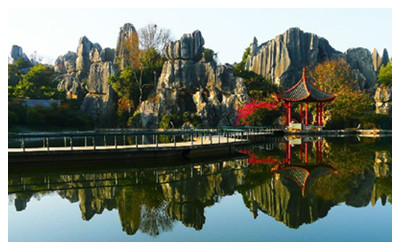 |
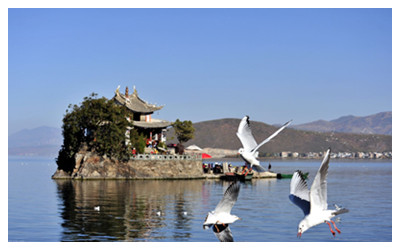 |
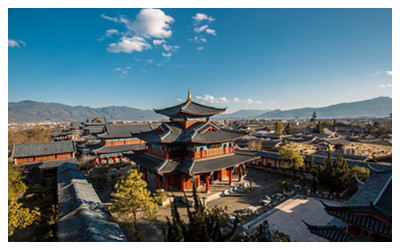 |
| Kunmin | Dali | Lijiang |
| Qujing | Honghe |
Yunnan History & Culture
Yunnan province has perhaps one of the longest and most fascinating histories of any province in China. In fact, settlements have been dated as far back as a million years from human ancestor remains discovered during the building of the Chengdu-Kunming railway in 1965. Its modern population includes 25 ethnic minorities and demonstrates a cultural richness and diversity that rivals any destination, a result of centuries of conflict and cooperation with its neighbors. If you plan your Yunnan trip, you had better learn history of Yunnan.
What To See In Yunnan?
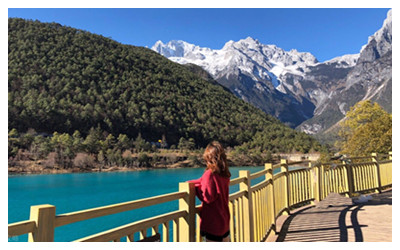 |
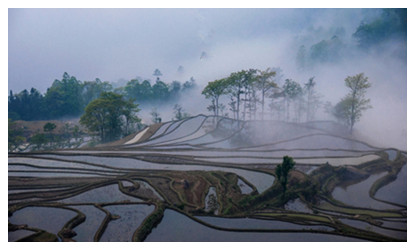 |
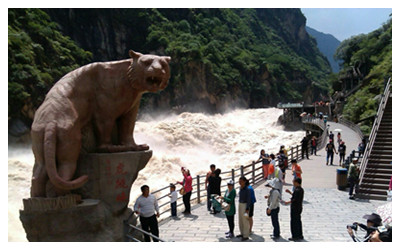 |
| Jade Dragon Snow Mountain | Yuanyang Rice Terrace | Tiger Leaping Gorge |
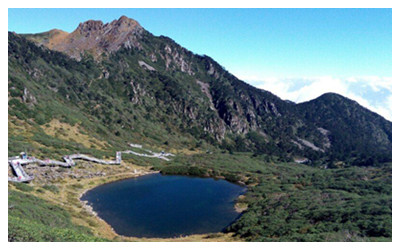 |
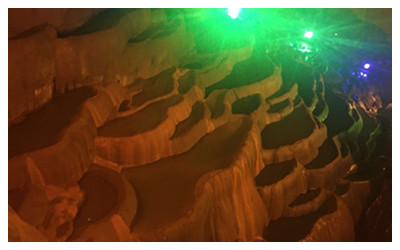 |
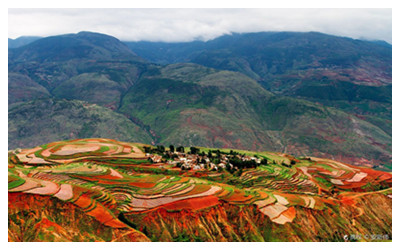 |
| Cangshan Mountain | Jiuxiang Scenic Area | Dongchuan Red Soil |
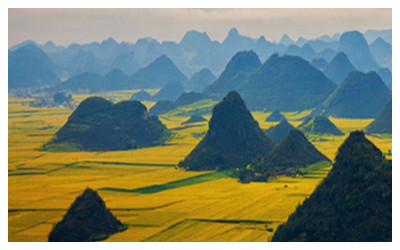 |
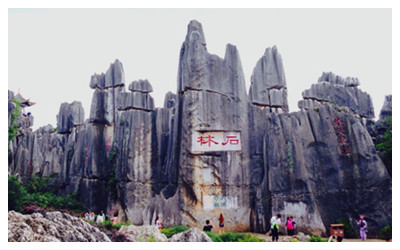 |
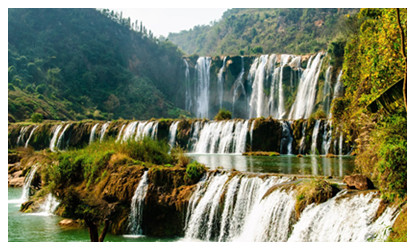 |
| Luoping Scenic Area | Yunnan Stone Forest | Jiulongtan Waterfall |
When To Visit Yunnan?
Yunnan has a generally mild climate with pleasant and fair weather because of the province's location on south-facing mountain slopes, receiving the influence of both the Pacific and Indian oceans, and although the growing period is long, there is little arable land. See Agriculture in Yunnan. January average temperatures range from 8°C to 17°C; July averages vary from 21°C to 27°C. Average annual rainfall ranges from 600 mm to 2,300 mm, with over half the rain occurring between June and August. The plateau region has moderate temperatures. The western canyon region is hot and humid at the valley bottoms, but there are freezing winds at the mountaintops...More
How to get to Yunnan?
Yunnan Transportation has been improved since 1978, visitors can get to Yunnan easily by flight, train, or bus. Yunnan, home to some of China's most spectacular ancient villages and natural sites, is an extremely popular tourist destination. It has convenient modern transportation facilities. Kunming, the capital city of Yunnan, is also the transportation hub of Yunnan...Yunnan Transportation
Yunnan Travel Tips
| Yunnan Dining | Yunnan Shopping | Yunnan Hotels | Yunnan Maps |
| Yunnan Travel Tips |

